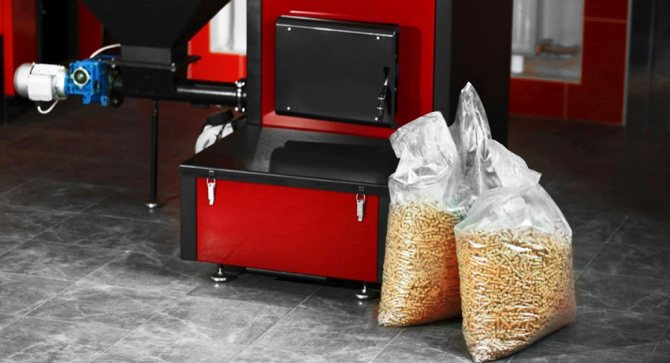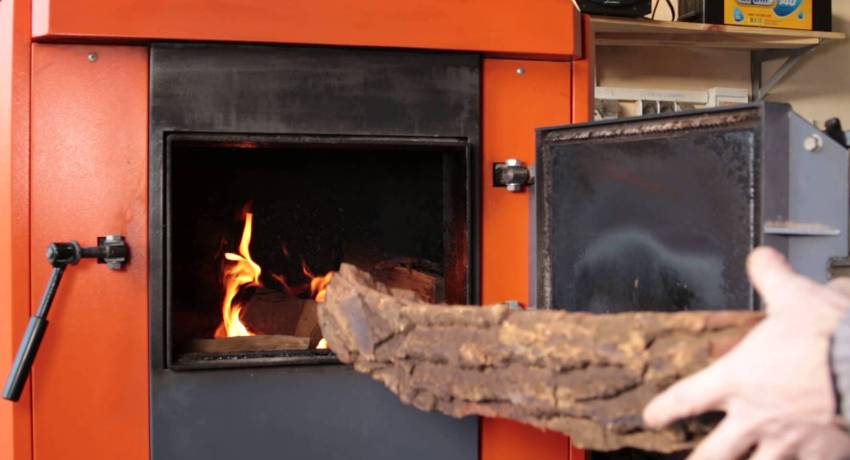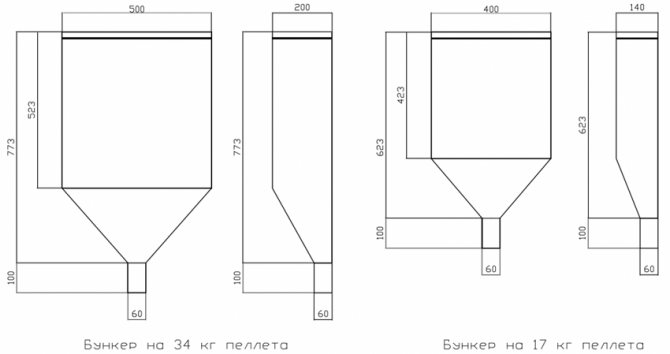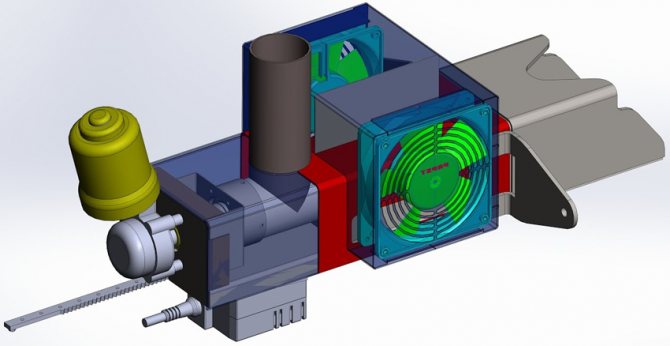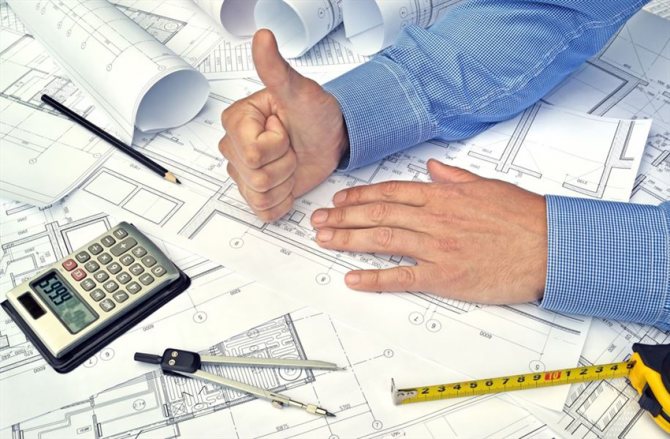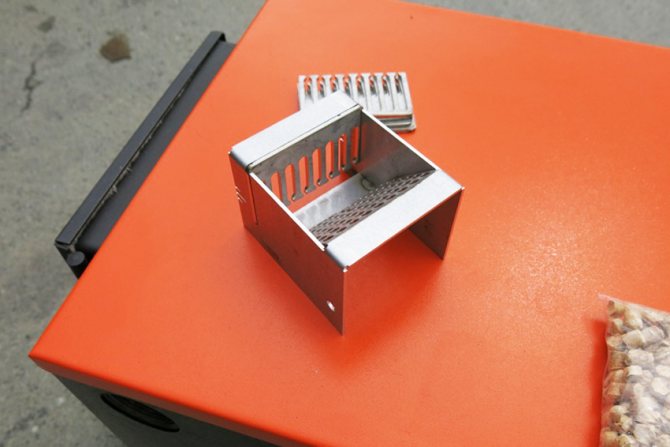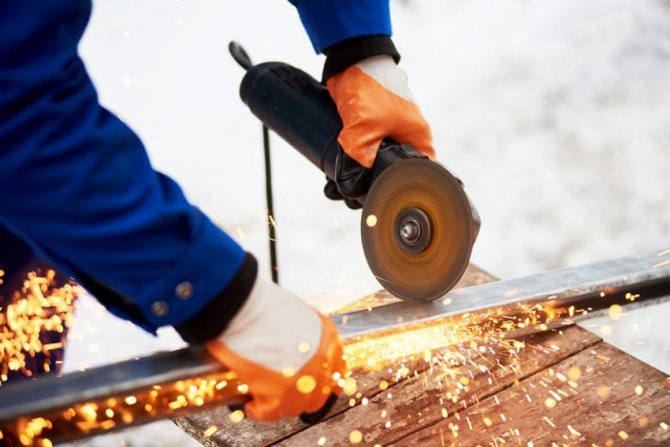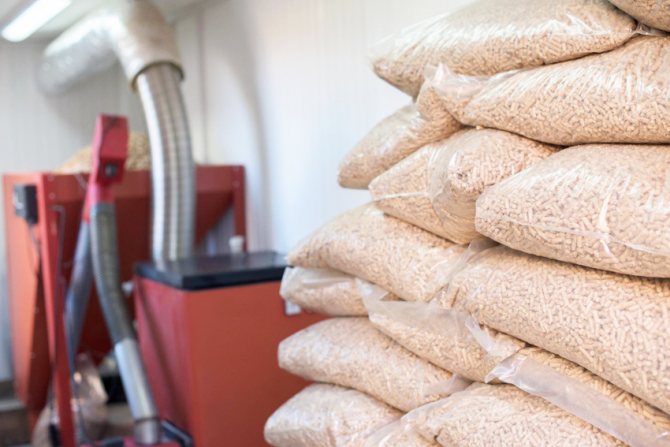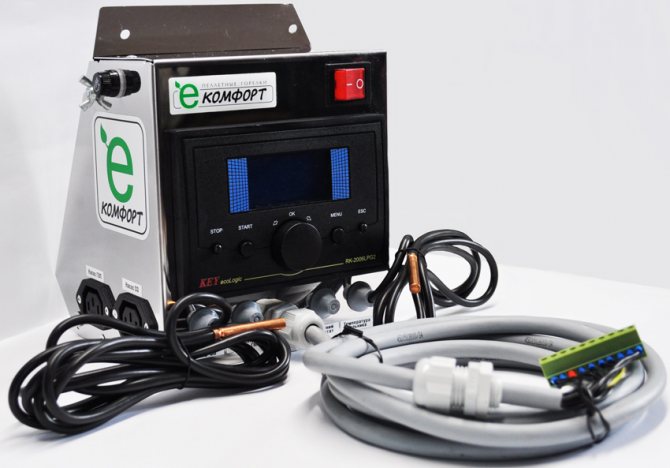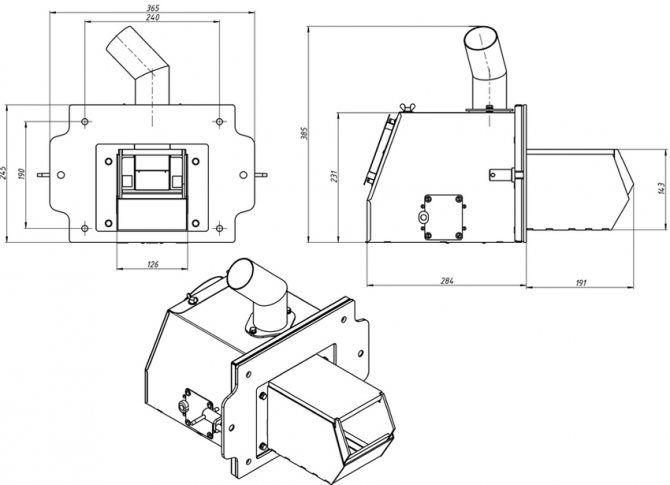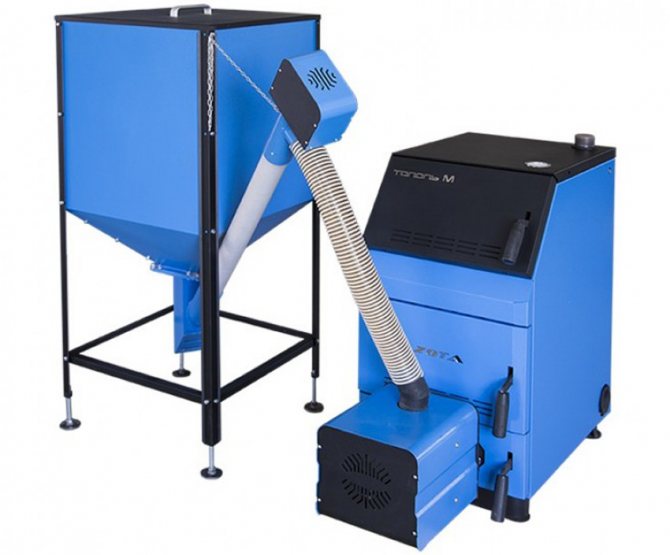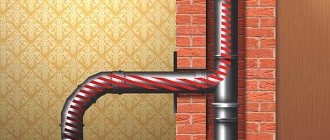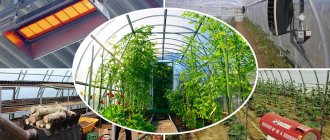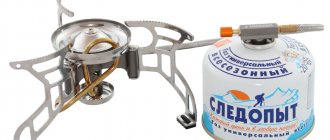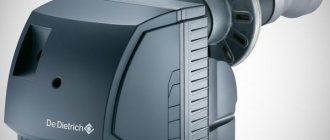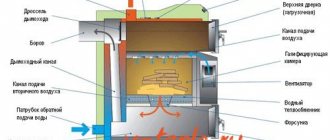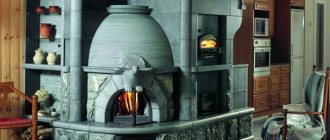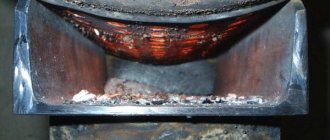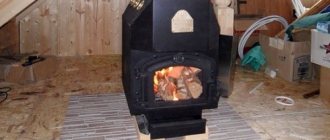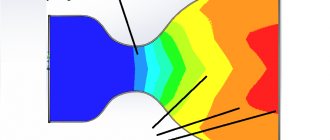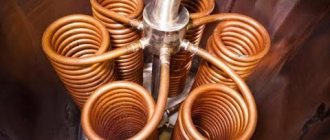The issue of heating in the house has always been quite acute. The search for the best options continues to this day. Some choose solid fuel heating, while others stop on gas. One good option is a pellet burner.
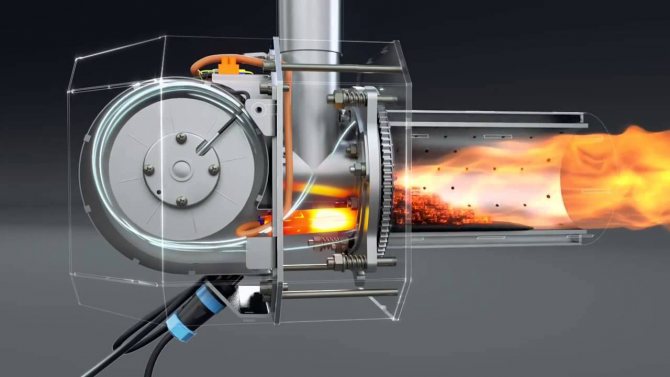
In this article we will look at what this design is, what is the principle of its operation, features, advantages and disadvantages. Although the furnace mechanism is rather complex, we will consider the technology for its manufacture, since the furnace is expensive.
Why use a pellet burner
Pellets are the material for the firebox. We are not talking about ordinary pallets for transportation. Burner pellets are pressed wood in the form of small cylinders. Their diameter reaches 25 mm. They have successfully broken into the market and never cease to conquer it. People who have used such fuel note its high quality and use only it.
However, if the pellets are the same wood that is loaded into the firebox, why spend money and effort on creating an additional mechanism? Although this is logical, but in this case, the solid fuel material will burn 80 or even 40%. The leftovers are simply disposed of. As a result, the efficiency of such a furnace is significantly reduced. If a burner is used, the combustion of the material will be 98%. The difference is significant.
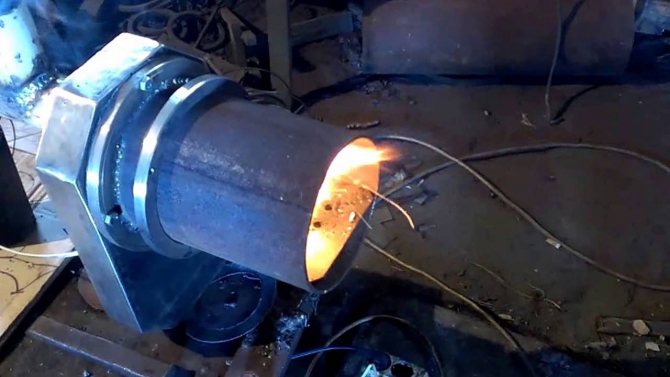

Note! Pellets are not suitable for pyrolysis boilers. During operation, they harm him, and the equipment has to be serviced more often.
It is also important that the temperature inside the burner reaches 1000 degrees Celsius as the pellets are burned! That is why it is worth considering whether it is possible to put a pellet burner for your boiler. This is quite rational if you understand the principle of operation of a pellet burner during assembly, as well as follow the instructions. Then the burner will be an excellent addition to the boiler, improving its efficiency. The video shows a pellet burner and how it works.
The main task of the burner is to organize a powerful torch that will heat the boiler. A pellet burner is used for the same and consists of a small combustion chamber in the form of a wind tunnel. Pellets are fed into it from the bunker. A directed flame is generated by the air flow. The combustion chamber is made rectangular or round. The outer part consists of a screw conveyor. Fuel from the bunker is supplied through the inlet pipe. The next irreplaceable element is the fan. It will supply air to the bottom of the chamber.
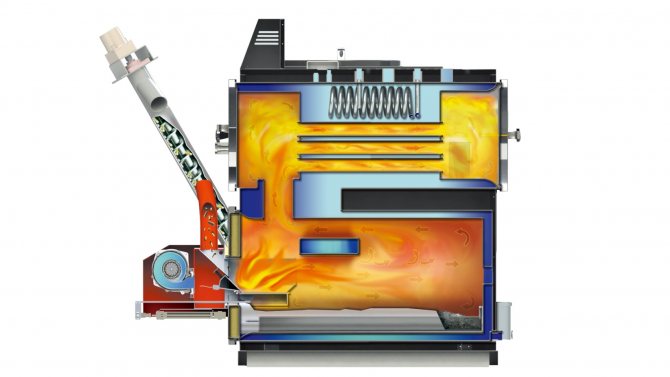

The principle of operation is as follows: pellets enter the chamber, where they are ignited. The fan turns on, supplying a minimum amount of air. When the flame ignites, the fan spins faster, blowing in more air. The result is an even and powerful torch. Factory burners are fully automated. The pellet burner controller allows you to regulate the supply of pellets, air, etc.
Equipment types
Pellets are used as fuel in the structures. These are compressed briquettes, which include sawdust, shavings, peat, cake and many other industrial waste. Depending on the heating area, boilers of different capacities are produced. Those that are used in living quarters are called fireplaces.
Pellet fireplaces
The pellet stove has a power of 6 to 15 kW. It is used to heat a single room or a room with a small area.
There are three types:
- Convection type. They only heat the surrounding air.
- Equipped with a water circuit.Air and water are warming up.
- Using not only pellets as fuel, but also firewood.
Pellet boilers
The pellet stove is used for heating industrial buildings or large residential buildings. Their power ranges from 15 to 100 kW. A separate room or basement is provided for such ovens.
They are divided into 3 types:
- Pellet burning.
- Equipped with a lattice. Sawdust or wood is used as fuel.
- Combined or universal ovens. It is possible to use both firewood and pellets.
Why pellets
For those regions where gas is not available, such biofuels are salvation. It is extremely efficient and cost effective. For comparison: burned 1 kg of pellets emit heat energy equal to 0.5 liters of diesel fuel. They are capable of delivering 5 kWh. To heat a one-story house in an area with mild winters, you need 50 kg of pellets per day. The advantage of fuel is that it can be filled up once for several days. It all depends on the boiler model. Pellets are loaded into the hopper, and then they are fed into the burner itself. A DIY pellet burner needs to be serviced twice every 7 days.
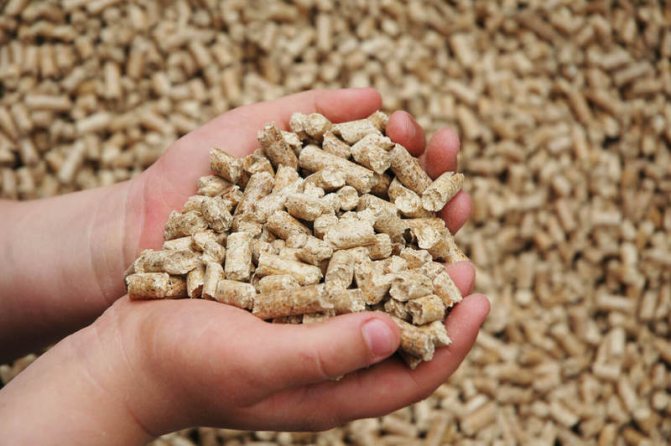

If we talk about the disadvantages of this solid fuel and burners, then this is the likelihood of reverse thrust. In this case, the fire will break out into the bunker. The result is a fire in the house. The second point concerns the amount and intensity of air supply. Pellets are lightweight, which means that the air flow sometimes blows them off the device. Then they will not burn. And when the air supply is small, the fuel is not completely burned. In order for the burner and stove to function correctly, it is important to adhere to the sequence.
You need to ignite the fuel with a ceramic rod lighter. It not only gives direct fire to raw materials, but heats up over 1,000 degrees. This is done so that during firing up the flame does not go into the hopper with other pallets. Further, air is fed in so that the combustion torch remains stable and even. After this, an exit to the operating mode occurs, since a large amount of air is supplied inside. The process can be stopped by stopping the air supply to the burner.
Assembly guide
A self-assembled pellet stove is an assembly consisting of a burner, a housing with a heat exchanger, a firebox, a hopper and a screw mechanism (it is used to supply compressed fuel to the boiler).
Burner
The burner used in the furnaces can have a different design, the drawings are drawn up for them separately, since the technical characteristics and the principle of operation will also differ. The volumetric burner is installed during self-assembly directly into the furnace of the heating device. The main materials of the burner are steel and cast iron.
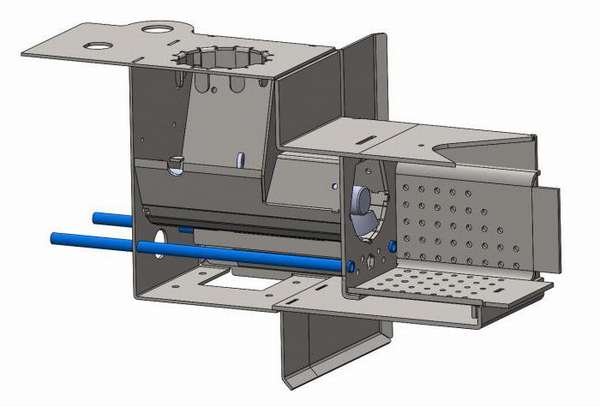

Pellet burner design
It must be remembered that a homemade pellet burner for a boiler will not meet safety requirements without prior supervision by a specialist, since an ordinary person may not know all the intricacies of work. The burner must be installed in strict accordance with the regulations.
Also, a burner for a self-assembled pellet boiler can be supplemented with an ignition system. It can be manual and automatic. If automation is chosen, then you will need to additionally install an electric fan. The torch burner differs from other options in small power and has compact dimensions, convenient for use at home.
The retort burner looks like a bowl. Its filling is done from below. The fan supplies air to the combustion zone, it enters the burner through special small holes.


Methods for feeding fuel to the burner
Purchase
A burner assembled in a production environment will require a significant investment. The average cost of a finished product is about 75,000 rubles. The cost is influenced by:
- Manufacturer.
- Applicable materials.
- Dimensions.
- Ignition type.
In order to save money, it is proposed to create a burner with your own hands according to the available diagrams and drawings.
What are pellet burners
Products are divided into several varieties. After reviewing them, we can choose the option that best suits different conditions. For example, in order for a pellet burner to function, electricity is needed to drive the mechanism. But what if the electricity in the area is often lost? This is what we will find out by considering the following types of burners:
- pellet burner with forced intake;
- gravity pellet burner.
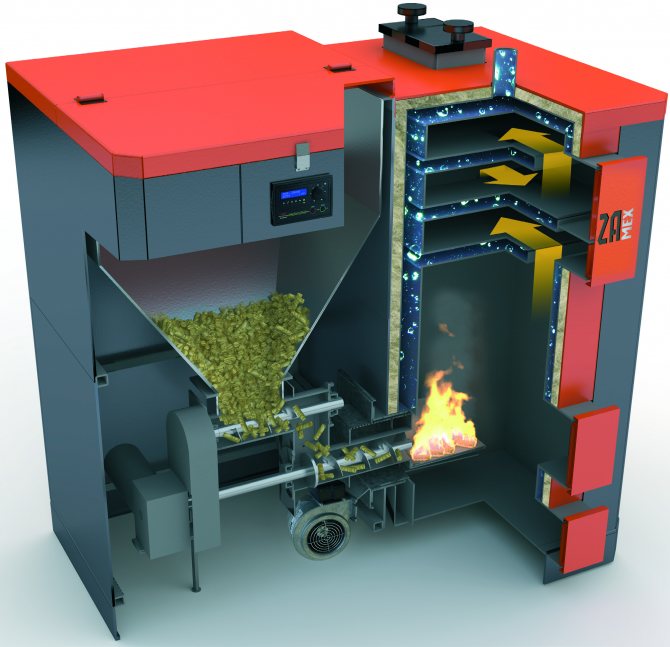

On the benefits of using pellets
Pellets are biofuels obtained from wood waste and peat. Outwardly, they resemble cylindrical granules with a standard size of 10 mm. Among the advantages of such biofuels, it is worth noting:
- Granules are produced without the use of chemical components, they do not have any odor, unlike fuels such as gas, coal or diesel fuel. In addition, pellets do not absorb moisture, which makes it possible to maintain their calorific value for a long time under normal conditions.
- Unlike other types of fuel, such pellets are non-flammable, they do not contain dust, which often causes allergies, and even outperform coal in their thermal properties.
- High efficiency, while the amount of ash does not exceed 2% of the total volume of granules.
- Pellets significantly save space in comparison with other types of wood fuel, in addition, they are easy to transport.
- Pellets are an economical fuel in terms of financial costs.
Pellet burner with forced intake
This device is one of the best when it comes to fire safety in the house. The representative is the Teplodar pellet burner. The downside is the high cost of burners, reaching $ 3000. The burner has several mechanisms for supplying pellets inside. One mechanism operates the auger and the other operates the pneumatic system. The safety of the product is that the channel runs from bottom to top (pellets move along it). The flame will move in the opposite direction, so it will not get into the bunker.
Note! Fuel is supplied in portions and does not remain in the channel through which it moves.
Another advantage is that pneumatic designs are equipped with large bins. They can be downloaded once a month.
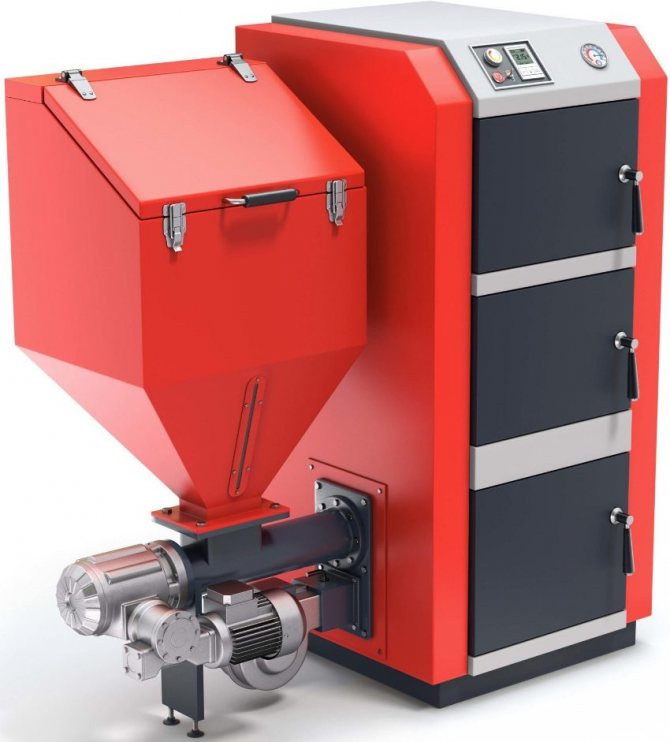

As for the auger feeders, they have two main units. The first is the auger. He takes the pellets from the hopper, pouring them into another mechanism. Another auger lifts them directly into the burner. Even so, a fire is possible, as fuel remains along the entire length of the auger. For protection, engineers create another assembly that matches the material to the burner. It melts and self-extinguishes. This is a kind of fire cutoff.
The disadvantage of these mechanisms is that they are dependent on electricity. Without it, the supply of pellets stops, and even worse, the heating system may suffer. You need to supply power to two electric motors. In the case when the electricity is stable and does not disappear, then you can buy air blowing. With it, the combustion of pellets will be better, as well as the efficiency.
Principle of operation and design features
The main principle of the unit is a combination of auger technology and an ignition mechanism that guarantees fast ignition. The scheme of a pellet boiler includes these features and assumes that the combustion of granular fuel is accompanied by forced air intake, which is why a fan is present in it. The principle of operation assumes that the automatic ignition is triggered only after the fuel has ignited well.Hot flue gases are formed directly during the combustion of briquettes. Leaving the furnace, they enter the heat exchanger, where they transfer 95% of the released heat.


Further work goes like this:
- combustion products go to the ash pan,
- automatic air supply allows maintaining optimal boiler parameters for heat generation (human participation in this process is not provided).
Setting and subsequent control can be performed, if necessary, using the built-in remote control. The ability to set the maximum and minimum temperature values for a given room allows you to ensure stable maintenance of the optimum temperature for it.
Features of the furnace operation - when the maximum temperature for the unit is reached, further fuel supply is automatically stopped. A new supply becomes possible only after the temperature drops to minimum values. Also, the design features include:
- the combustion chamber is small,
- up to 72% of heat removal takes place in the structure,
- the average temperature of gases removed during exposure to a flame is 1500,
- volumetric burners due to which a high efficiency rate is achieved (up to 96%),
- some units can be equipped with a hot water circuit (additional heating in the house).
There are 3 main types of equipment:
- pellet boilers designed for pelletized fuels made from wood,
- Combined stoves / boilers capable of short-term operation on wood or coal,
- Pellet boilers (burners) that are universal in terms of used fuel - any type of solid fuel is suitable for them.
The cost of each type is different, so the universal option will be higher in price, since the scheme and design are more complicated, since it takes into account each type of fuel used by the stove.
Gravity pellet burners
Such constructions are easier to use. Their great advantage is their performance even without power supply. The principle of operation of the device is to pour pallets into the firebox under its own weight. Pellet burner behemoth and pellet burner pelletron are the brightest representatives of gravitational products. They can be brought into operation by adjusting the flow damper and the draft regulator on the chimney. Minus designs - pellets in the hopper can ignite.


To solve the issue of fire hazard, manufacturers install thermal dampers on burners of this type. When the flame is pulled out of the hearth and moves to the bunker, a special sluice comes into play. It is heat activated. The airlock serves as a fire barrier. Another protection option is a double grate. It is a simple two-part mechanism. The upper one goes to the pellets and takes a certain amount of them. Further part is shifted to the flame. The second part begins to dump ash into the receiver.
Advice! For a double grate, it is also recommended to install a fire lock. The mechanism can jam, and the fire will penetrate to the pellets loaded into the bunker.
Do-it-yourself burner
How to make a pellet burner? The combustion chamber is made from a steel pipe. Wall thickness - 4 mm, not less. The steel is heat-resistant and will withstand high temperatures. Attachment to the boiler plant body is carried out by means of a flange plate. For manufacturing, steel 3 mm is required. It is better to buy a conveyor for feeding pellets or use an auger.
To rotate the mechanism, you need bearings, a low-speed motor (electric) and a gearbox. The air blower can be purchased at the store. It is fixed on the plastic, in which the place has already been prepared. The plate is made based on the drawing. The configuration depends on the boiler door itself. A drawing of the burner can be seen in this photo.
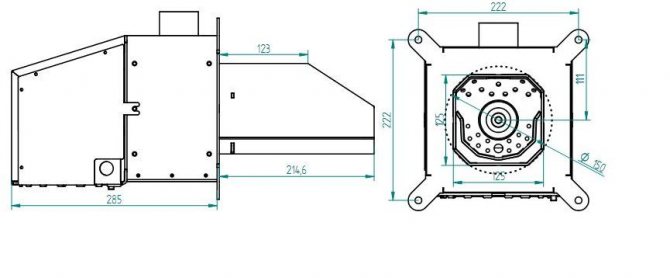

An obligatory step is to adjust the amount of incoming pellets and air.Without this, the device will be unstable or constantly at full power. To change the intensity of the fan and auger, you can set a manual regulator. In this case, you will have to constantly watch and adjust the burner, taking into account the temperature of the coolant and air.
It is important that for various work processes, fuel and air are correctly selected. Only then will the torch be even and stable. This requires an automated device. You will need a control unit. The controller for the burner has free control contacts, to which the electric motor from the auger and the fan is connected.
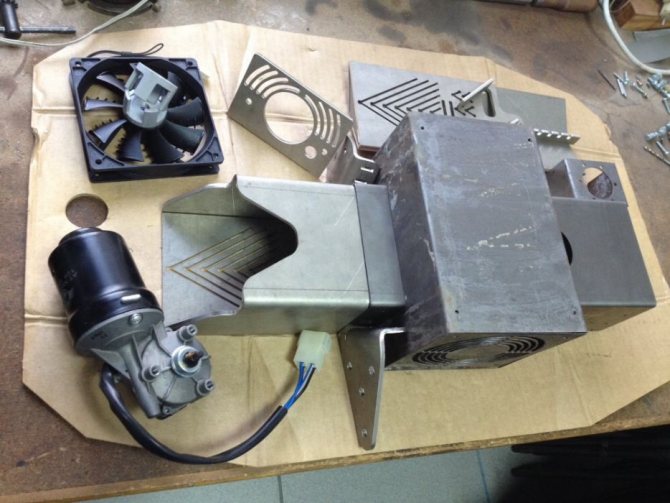

To automate the ignition of pellets and control the flame, you cannot do without a photosensor and an electric filament element. The photosensor monitors the appearance of a stable flame and notifies the controller. It will shut off the filament element. But the incandescent element is needed to ignite the pellets. The delivery pipe is equipped with a filling sensor. It stops feeding the pellets when the auger and the top nozzle are full.
Heat exchanger manufacturing


Diy diagrams for assembling a pellet boiler.
The next stage in the manufacture of the boiler will be the manufacture of the heat exchanger. It is easier to make it using square pipes as frontal ones, and round pipes as connecting ones. Cut the required number of square and round tube blanks. In the front pipes, use a gas or welding torch to cut holes for round pipes that will serve for water supply and drainage. Carefully process the holes with a grinder. Now you need to weld the side pipes.
For this work, it is recommended to use the help of another person who will securely fix the parts in the correct position when welding. Check the tightness of the heat exchanger seams by placing it vertically and carefully pouring water into it. If the tightness of the seams is not broken, then the surface of the heat exchanger will remain dry.
Manufacturing of the main body and assembly of the boiler
Weld the main boiler body from sheet steel 4-6 mm thick. It is necessary to provide two mounting doors in the front and rear of the casing for boiler maintenance. Lay out the combustion chamber from fireclay bricks.
The main laying should be done on a flat concrete foundation. Install the heat exchanger in the main boiler body. It is important that a small gap is maintained between the inner walls of the housing and the heat exchanger.
Install a fan in the upper part of the housing above the heat exchanger to create forced draft.
Important: after completing the installation of the boiler, test it.

